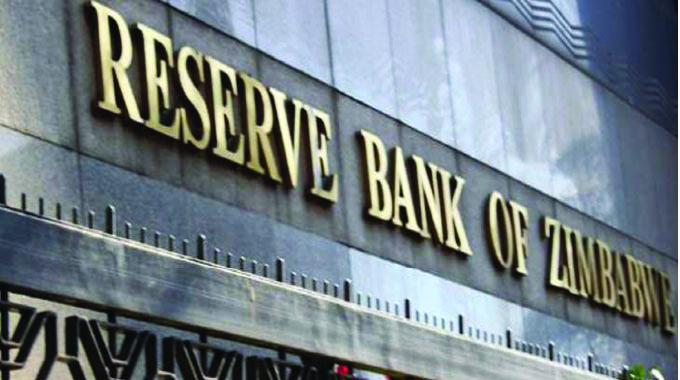Editorial Comment: SMEs a critical cog in driving economic engine

THE figures from the Minister of Women’s Affairs, Community, Small and Medium Enterprises Development, Monica Mutsvangwa, show the huge contribution of micro, small and medium businesses to Zimbabwe: US$8,6 billion to the gross domestic product and 4,8 million people earning their income from these businesses.
Those two figures also give the average earnings within this huge group of little businesses, a little under US$1 800 a year, or less than US$150 a month, so most of those 4,8 million, who will include a large number of the actual business owners, must live pretty close to the bone.
So among the many issues, helping these little businesses grow their income seems essential for national prosperity.
A lot of the statistics involving the totals for micro, small and medium businesses are just estimates built around sampling rather than anyone being able to access a database.
So the total annual value added, which is their share of gross domestic product, and the employment numbers, plus the statistic that there are around 4,5 million such businesses, are all subject to degrees of uncertainty.
But even as ball park figures, they have some value, showing both the scale of the work that needs to be done to move them forward and the potential they have for making ever greater contributions to national development.
They can also help to keep myths under control.
One major myth in the formal sector is that a lot of potential tax is not being collected, especially from the “micro” and “small” ends of the sector.
Obviously tax is not being paid when perhaps it should, but considering the huge numbers of businesses and people earning a living in this sector, the total sums are unlikely to be large.
Most of the micro and small businesses at least must be one-person businesses.
The number of micro, small and medium enterprises is estimated at 4,5 million by other agencies, so the 300 000 or so jobs held by people working for someone else in this sector are probably concentrated in the “medium” edge of the sector, the small minority of these businesses that have now emerged, are licensed and at least are registered for taxation even if they pay very little or even nothing if incomes are below the threshold.
And even then much of this employment is likely to be informal, cousins and the like, without proper employment contracts and certainly no NSSA payments and in many cases no attempt to register the employees with Zimra, even if they are paid below the income tax threshold.
The objectives as the country moves forward, and it must move forward with these little businesses and they must be part of the nation that is driving everyone forward, seem to be threefold.
The businesses need to be registered somewhere and preferably licenced by their local authority; they probably should be paying at least some tax, no matter how small; and the businesses need to aided to grow, which in many cases will be a general creation of opportunities, such as workshop and retail space, rather than some specific assistance such as a loan, although both would be useful.
The licencing and basic taxation are not difficult to sort out. The bottom business licence in most local authorities is a cheap hawker’s licence, which means that the holder has no premises.
That describes the bottom level of the MSME sector. The licence fee could be coupled with a small presumptive tax to make up for the fact that at this level no one collects or remits VAT, but the total fee and tax should not be more than the equivalent of US$5 or so a month.
But still, even that low rate we are probably looking at over US$5 million a month from this very bottom rung on the business ladder and, even perhaps more usefully, we are getting names and business descriptions into the database.
The advantage for the “hawkers”, as they would be legal even if they work sitting on the side of the road or the pavement, would be far less conflict with the authorities. Being able to produce a current licence would grant a large degree of immunity from raids and aggravation. And as taxpayers, even bottom rung ones, they would be entitled to complain about services.
The dichotomy between the formal and informal sectors would also end.
There would be a ladder, one with many rungs, leading up from the roadside to the giant factory or mine. But every business would be somewhere on that ladder, with each rung marked and the necessary licences and taxes set, along with the sort of assistance that is possible.
The build up of data in the databases, and data storage is cheap, would also help a tiny one-person business establish a reputation, such as licensed for three years and registered for tax for two.
At least potential customers would know something, that although it was a tiny business it was at least legitimate and legal.
This would also help the special funds that Minister Mutsvangwa was talking about and the community and co-operative schemes that many think would help. A bit of track record for honesty never did anyone any harm and usually can do some good, often quite a lot of good.
It all helps the growth of both the individual tiny businesses and therefore the nation, since national wealth is simply the total of all those individual figures.
Make some tiny business a bit bigger and the national wealth does grow, by the identical amount.
It might not be seen on a small-scale graph, but when you have several million small businesses growing, then their combined totals matter a lot.









Comments